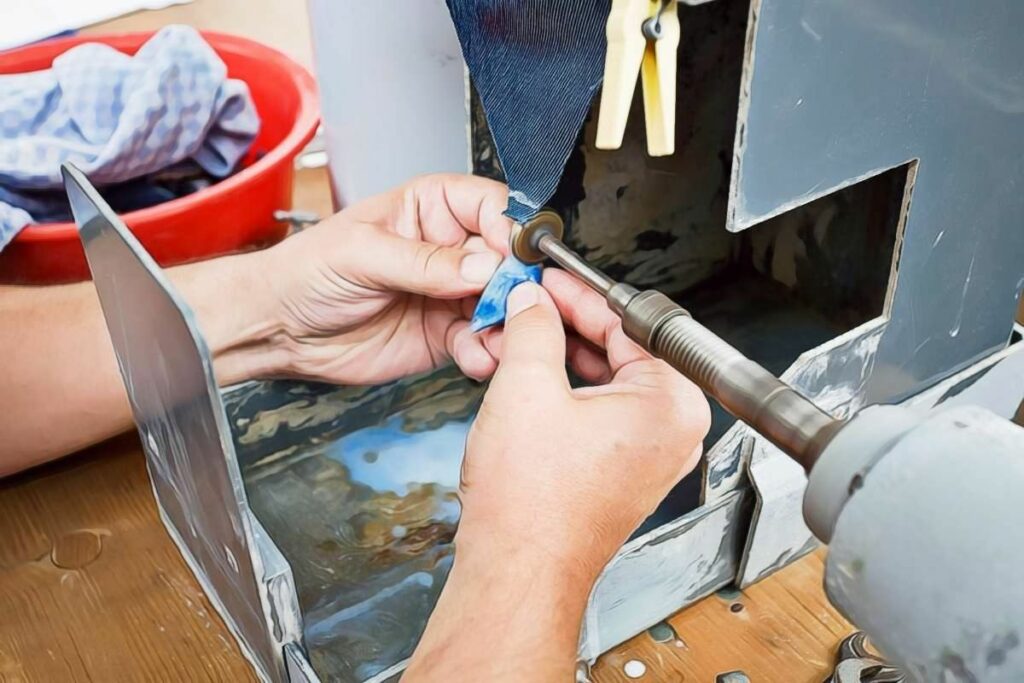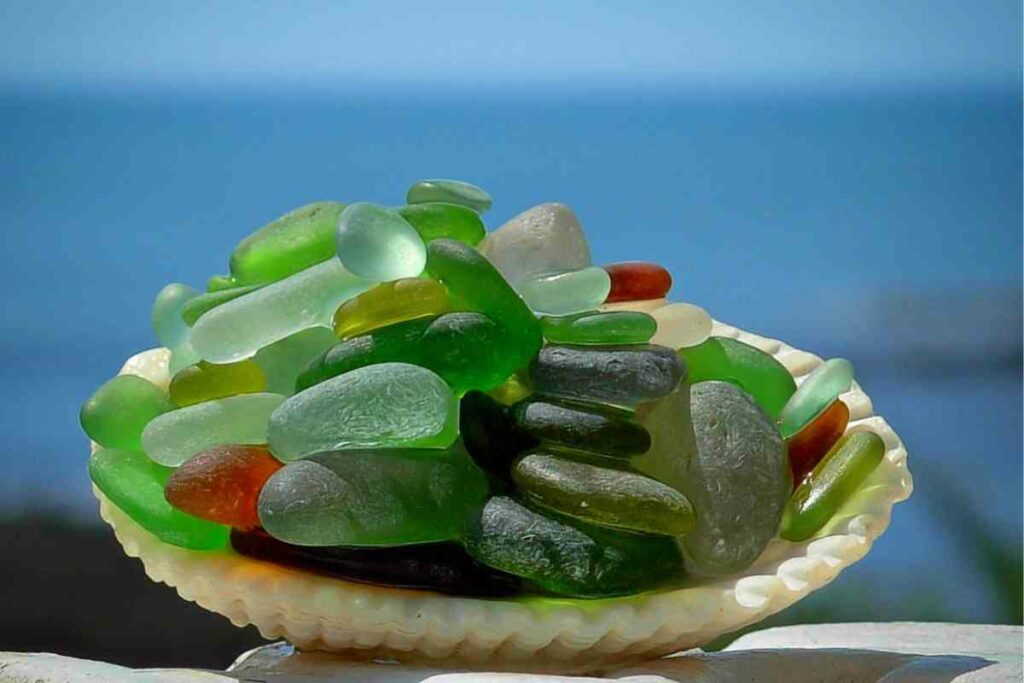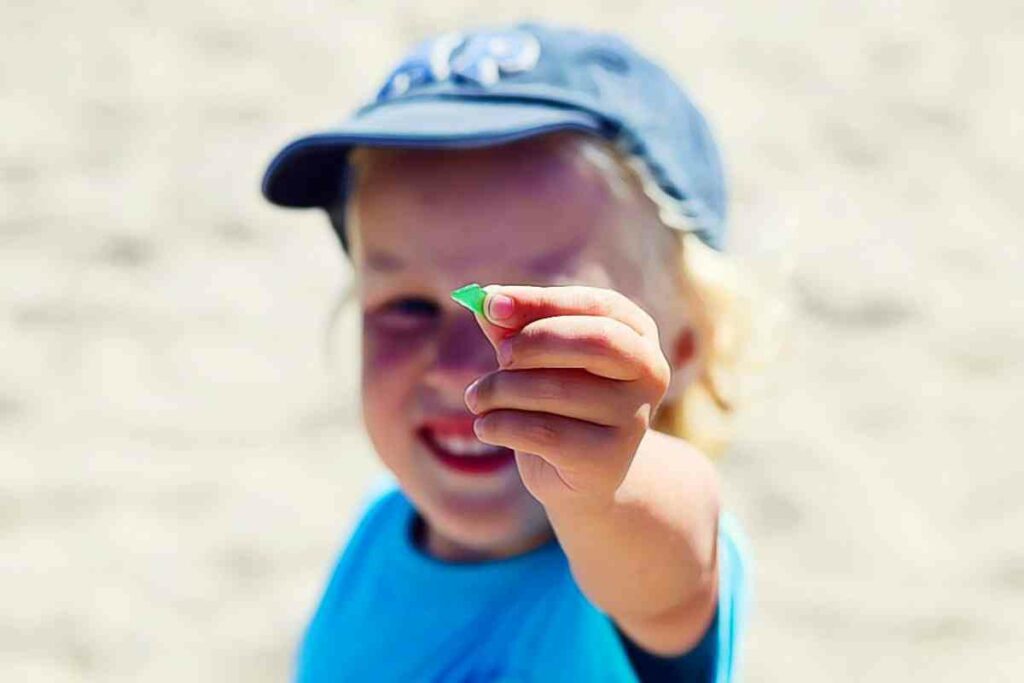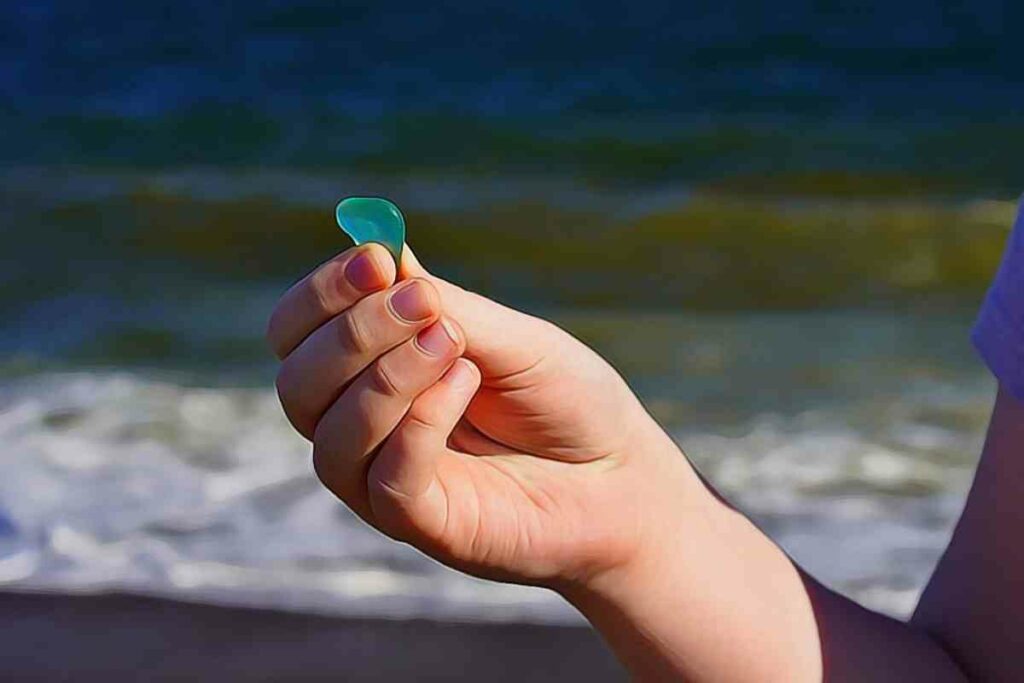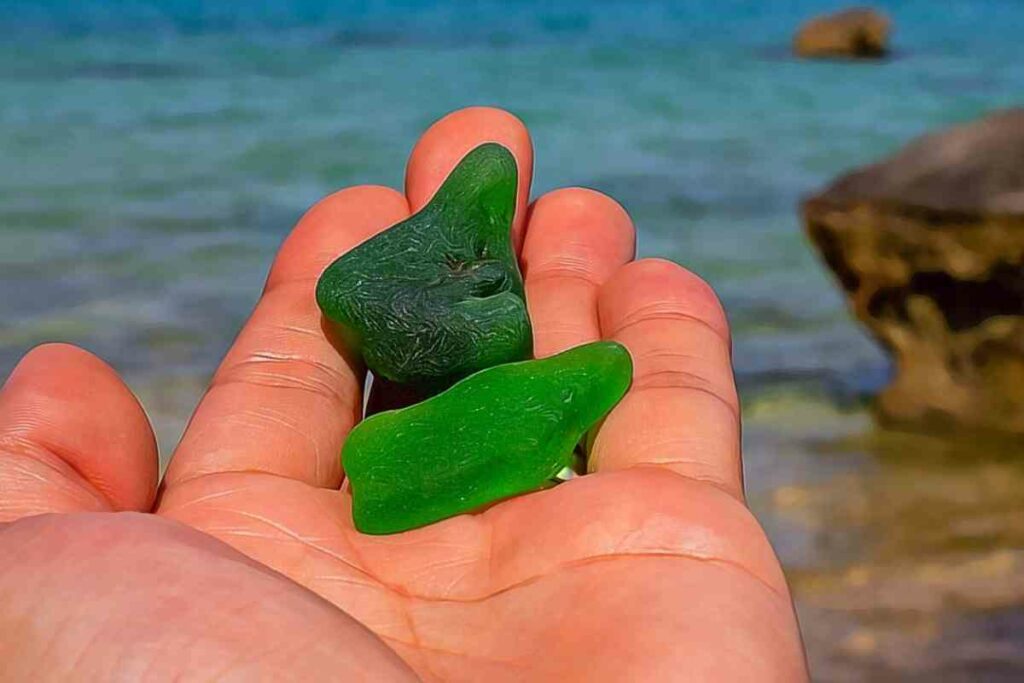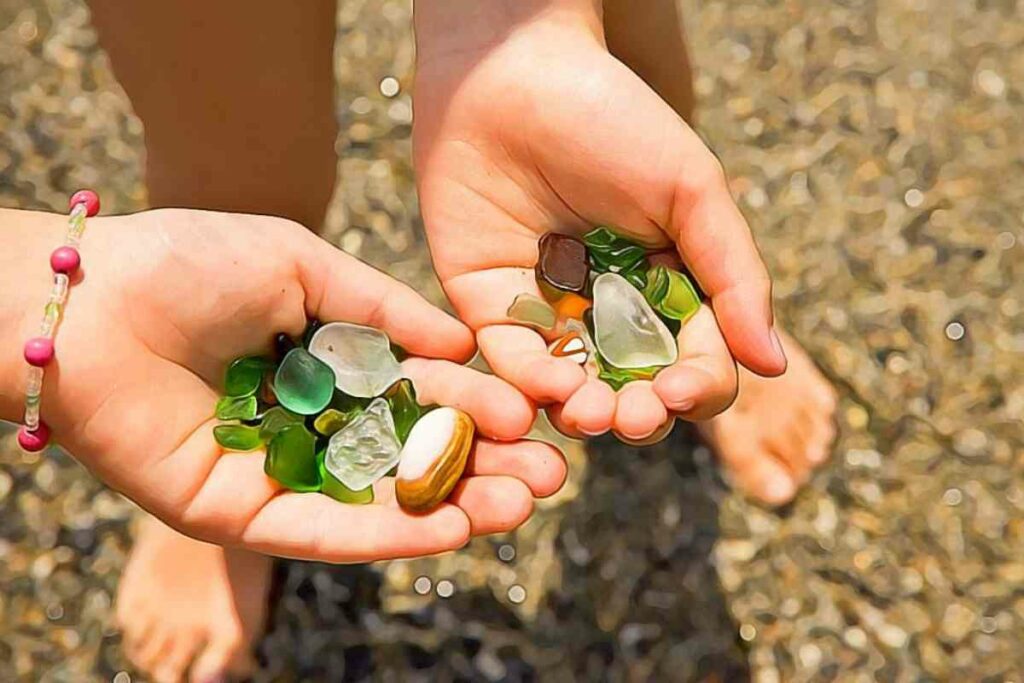Sea glass can be termed as both natural and man-made at the same time.
This is because the material (glass) that forms into sea glass is man-made; however, the process of formation is a naturally occurring phenomenon.
It is generated when glass fragments are broken down and polished over time by the ocean’s waves and sand. This eroding and tumbling process takes a lot of years.
They are frequently washed up to the shores of seas, oceans, or beaches.
They are available in various colors, shapes, and sizes and used for various ornamental and creative projects.
Is Sea Glass Natural or Manmade?
Sea glass, also known as a mermaid’s tears, is a product of nature and human intervention that has been naturally formed in the ocean for centuries (20-100 years).
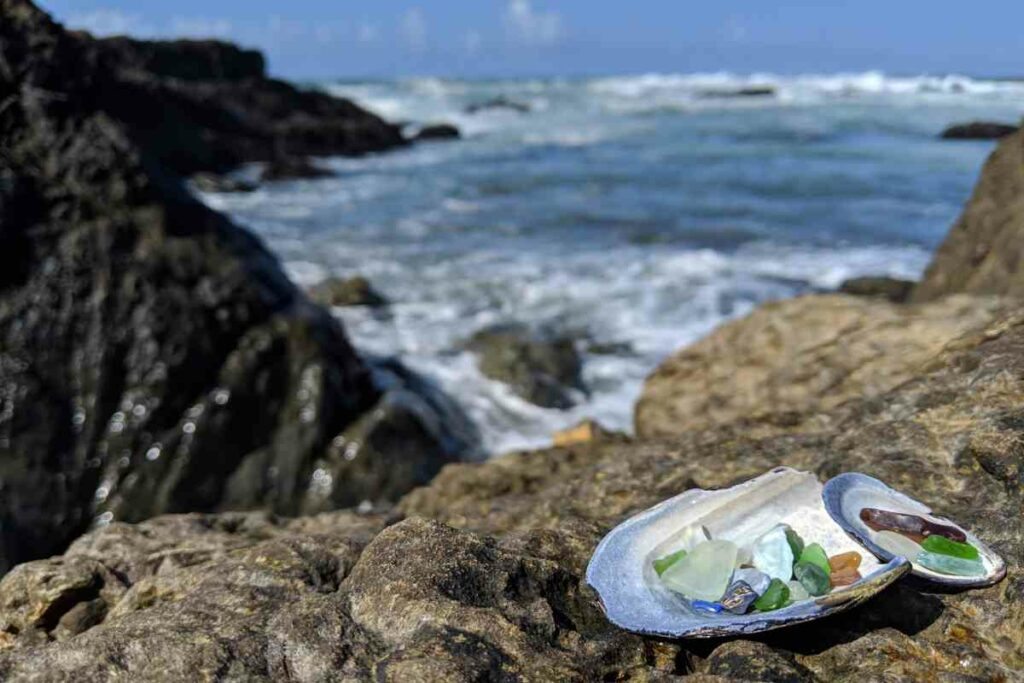
It begins its journey from glass containers, plates, bottles, and other glass items discarded in the ocean years ago.
This can be a result of natural occurrences such as shipwrecks, or it can be from human activity,
As all these varieties and colors of glassware travel through the water, they are continually ground down by the waves and sand, breaking into smaller and smaller pieces.
Over time, these pieces get shaped and polished by the sand and rocks it comes into contact with. This process gives the glass its unique frosted appearance and smooth texture.
Eventually, after a long journey, these pieces make their way to the shore, often washing up in great numbers when the tides are high or following a storm.
Here, they are collected by beachcombers on different beaches around the world.
Are All Sea Glass Naturally Created?
In the mid-1990s, books, magazines, and the internet helped to popularize sea glass and drive up demand.
Unfortunately, as the market demand increased, authentic sea glass became rarer. This is because the plastic model has overshadowed glass production.
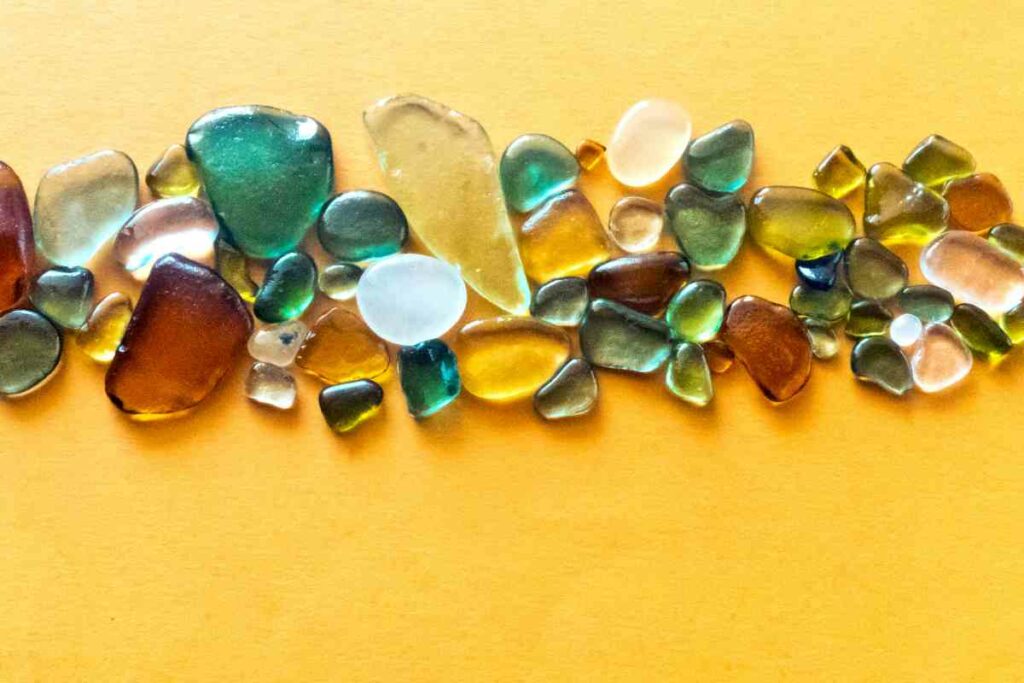
Not surprisingly, it was only inevitable that fake sea glass would appear. Greedy and dishonest people have looked to capitalize by creating glass resembling natural sea glass.
Manmade sea glass can be produced in a factory, workshop, or rock tumbler. Although the process is similar to what the ocean does to create natural sea glass, it is done in a much shorter time frame.
This process can involve using natural sea glass in poor condition to create a replica called twice-tossed glass or make it from scratch (craft glass).
The glass sheets are cut and placed in an acid bath or a rock tumbler and left to rotate for several days. The tumbling process removes sharp edges, and the glass is polished to give it a frosted, sea-worn look.
While manmade sea glass may look similar to natural sea glass, it lacks the same patina and texture that only years of tumbling in the ocean can give it.
Is Natural and Manmade Sea Glass Any Different?
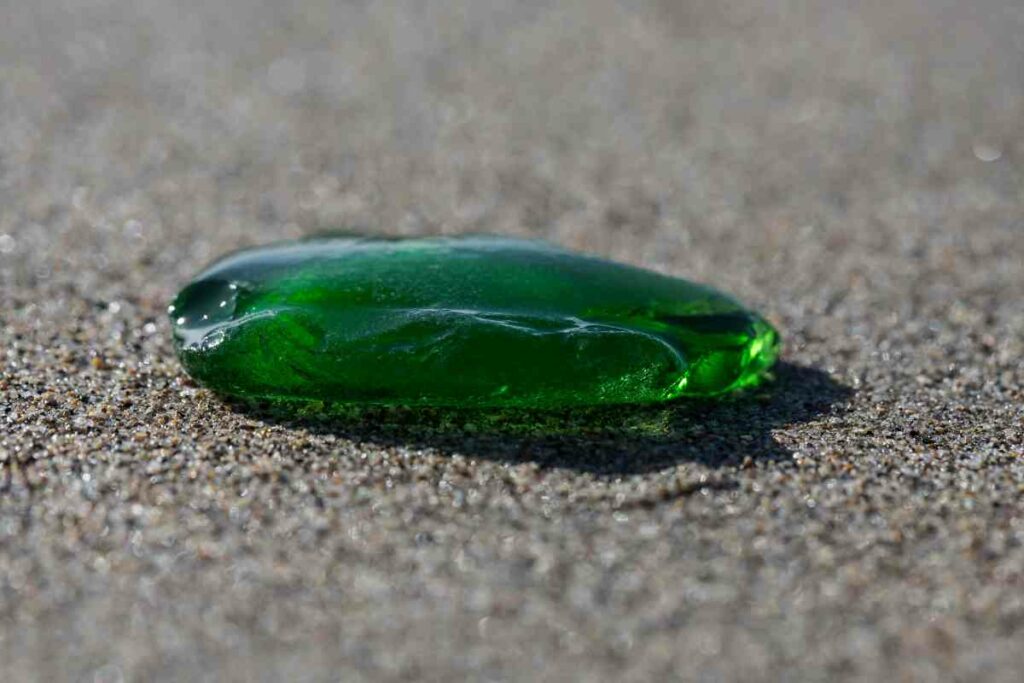
Yes, natural and artificial sea glass can be different in several ways.
Knowing the difference between real and fake sea glass can help you get the best quality material for your projects.
Color
Genuine sea glass will usually have a slightly duller, more matte color. Manmade sea glass on the other hand, has a brighter and more vibrant hue.
Also, manmade sea glass is mainly produced in rare colors since they demand a higher price in the market.
They include:
- Orange
- Turquoise
- Red
- Purple
- Pink
Read Next ?
Texture
Manmade sea glass usually has a uniform and smooth texture because the machine used to tumble is typically uniform in size, or the glass has been etched with chemicals leaving no pores.
On the other hand, natural sea glass has a unique texture created by the wave-tumbling process.
Under a microlens or microscope, you can spot tiny “C’s,” divots, and uneven texture in the glass.
This is caused by years of tumbling by the different sizes of gravel, sand, and hydration from decades of exposure to the water.
You may also see a crystalline appearance that sparkles in the sun.
Shape
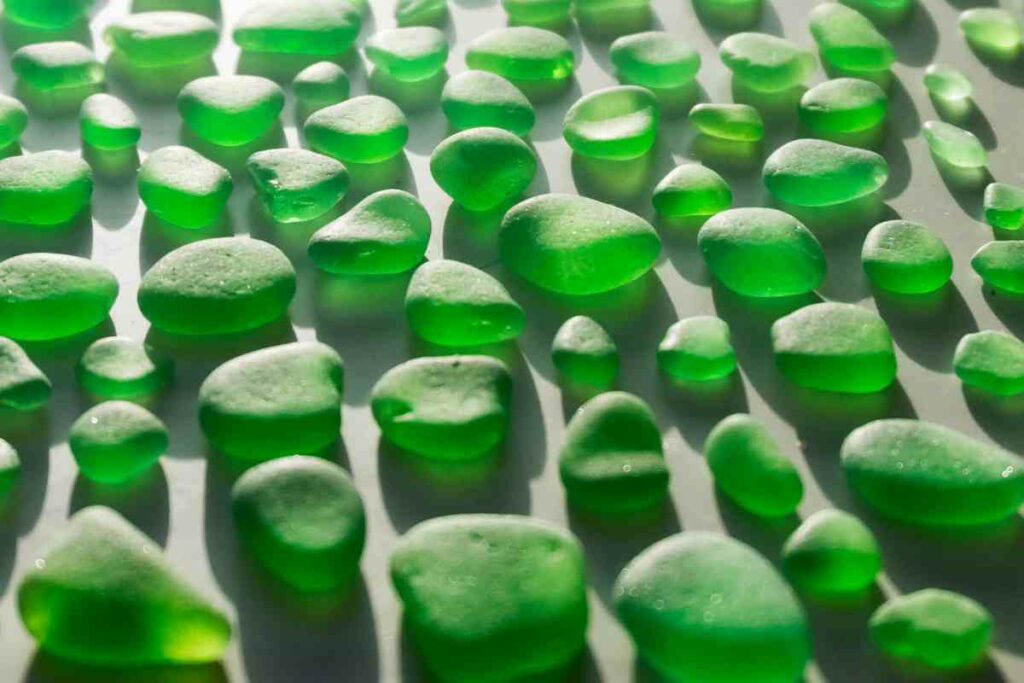
Natural sea glass is often irregularly shaped. This is because nature never creates precisely the same two pieces of sea glass.
Fake sea glass is usually cut and shaped by machines, so it will be more consistent in shape.
Edges
Natural sea glass has uneven but smooth and rounded edges (but the texture of the edges may vary).
This is because the ocean waves have tumbled and eroded the glass for a long period. The edges also have a frosted, “worn” look.
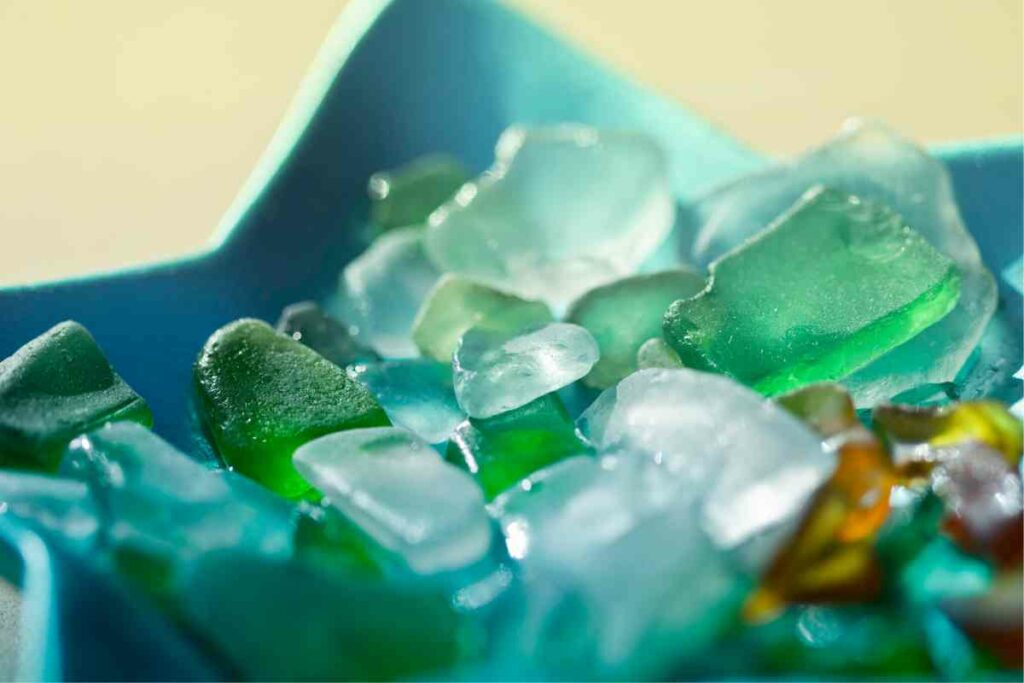
On the other hand, fake sea glass often has rough and sharper edges, as you would rarely find in natural sea glass.
These edges are a tell-tale sign that the ocean did not naturally tumble the glass, as the pieces were more likely cut or ground by hand.
Price
Natural sea glass is typically more expensive than artificial sea glass.
The difference is due to supply. Natural sea glass supply is limited due to the hundreds of years it takes for nature to create it.
Yet with artificial sea glass, there is no cap on the supply; it is created quickly and can be produced in any size and color desired. This drives the price lower and lower as their supply goes up.
Read Next ?
Final Thoughts
Both natural and manmade types of sea glass exist. Nature has a unique way of creating sea glass, while manmade methods can be used to increase the supply and availability of the glass.
While both types of sea glass can be used in jewelry and art, knowing the origin of the glass can help you appreciate the unique qualities of each.

